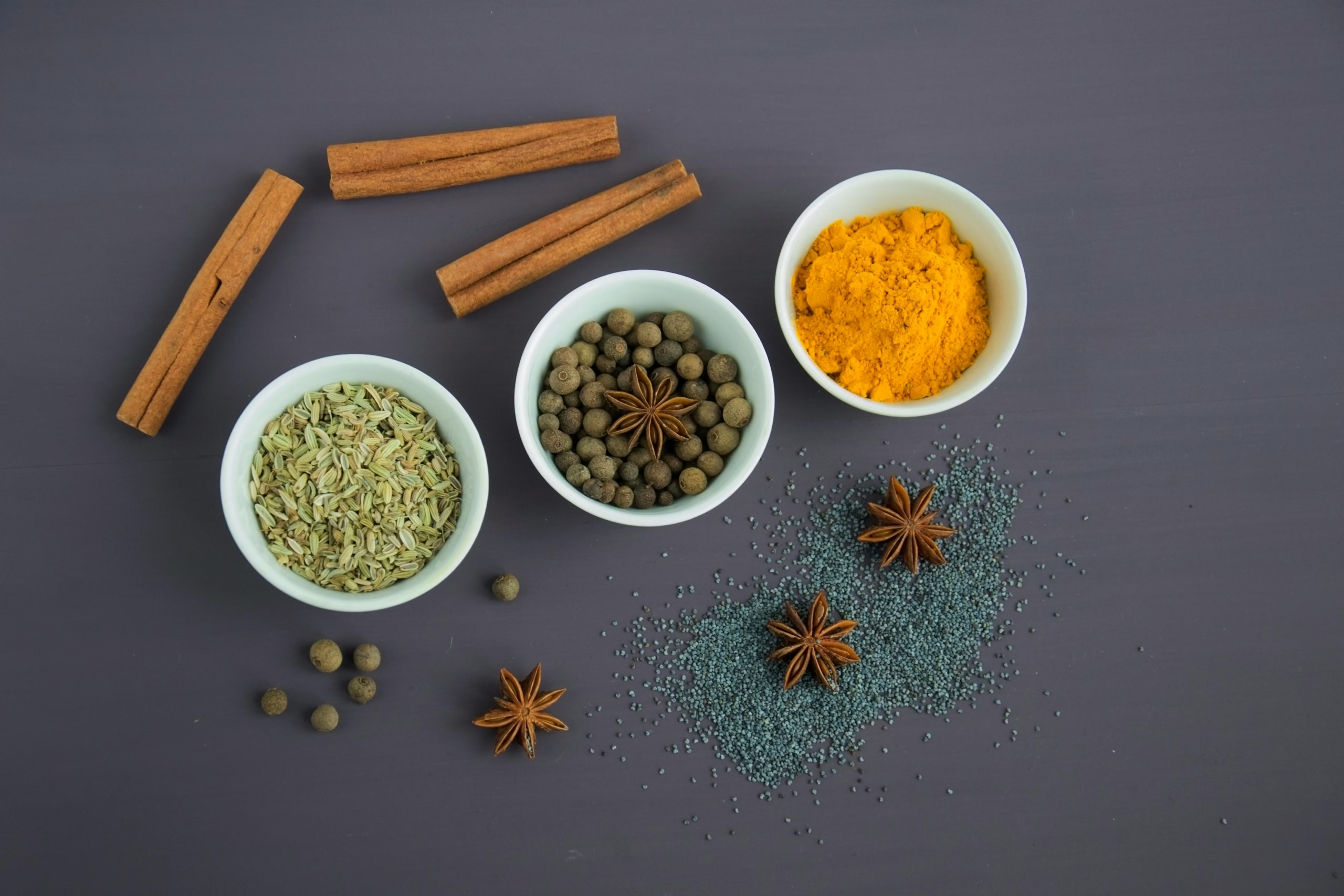
Arthritis is an umbrella term used to describe inflammation and swelling of one or more joints that cause pain and stiffness that can get worse with age. There are numerous types of arthritis, the two most common forms being osteoarthritis and rheumatoid arthritis which have different causes, symptoms and treatment methods. In this ultimate guide, you will learn some of the essential differences between these two highly common conditions, allowing you to make more informed decisions about your health.
Introduction to Osteoarthritis and Rheumatoid Arthritis
What is Osteoarthritis?
Osteoarthritis (OA) is generally a result of decades of overuse of joints. It happens when the protective tissue that cushions the ends of bones wears down, resulting in pain, swelling and decreased ability to move. OA is frequently described as part of the ageing process but may also occur due to joint trauma or other factors that speed up the breakdown of cartilage.
What is Rheumatoid Arthritis?
Rheumatoid arthritis (RA) is an autoimmune disease in which the immune system attacks the synovial membrane, the lining of the joints. This leads to inflammation, swelling and pain. RA can cause damage over time to the joints, resulting in damage to both cartilage and bone. Unlike OA, which is mainly degenerative, RA is a systemic disorder that can also affect other organs.
Key Differences Between Osteoarthritis and Rheumatoid Arthritis
| Feature | Osteoarthritis (OA) | Rheumatoid Arthritis (RA) |
|---|---|---|
| Cause | Wear and tear on joints | Autoimmune attack on joint lining |
| Affected Joints | Typically affects weight-bearing joints (knees, hips, spine) | Can affect multiple joints symmetrically |
| Symptom Onset | Gradual onset of symptoms | Symptoms can appear suddenly |
| Joint Symptoms | Pain, stiffness, and swelling | Pain, stiffness, swelling, and redness |
| Age of Onset | Commonly affects older adults | Can develop at any age, often between 30-60 |
| Gender Predilection | Affects both men and women | More common in women |
| Treatment Approach | Focus on pain management and mobility | Disease-modifying antirheumatic drugs (DMARDs) and immunosuppressants |
| Autoimmune attack on the joint lining |
Symptoms of Arthritis
Osteoarthritis and rheumatoid arthritis have a few similar signs and symptoms such as:
- Joint pain
- Stiffness especially those mornings
- Swelling and tenderness
- Inflammation around the affected joints
- Decreased range of motion
The symptoms vary in severity and character between the two conditions. OA symptoms tend to intensify with activity and abate with rest, while RA symptoms can linger or be aggravated by stress or weather changes.
Symptoms of Osteoarthritis
The main risk factors for osteoarthritis are:
- Age: Risk goes up with age.
- Traumatic Joint Injuries: Prior Injuries to the joints can lead to early degeneration of the joint.
- OBESITY: Extra weight places strain on weight-bearing joints.
- Genetics: A family history of OA can increase your risk.
Rheumatoid Arthritis
Risk factors of rheumatoid arthritis include:
- Age: Likely to occur at any age, but more common in middle age.
- Sex: Women are more likely than men to develop RA.
- Family History: A genetic predisposition could raise risk.
- Environmental factors: Exposure to cigarette smoke and some infections may induce RA.
Complications of Arthritis
Both osteoarthritis and rheumatoid arthritis are capable of causing serious complications:
Osteoarthritis: May lead to chronic pain, decreased mobility and challenges in performing daily activities. It will result in over time misalignment and deformity of affected joints.
However, it is a chronic condition, rheumatoid arthritis can cause joint deformities and loss of function and can affect other systems of the body causing complications including heart and lung problems.
Diagnosis
During the physical exam, the doctor examines your joints for swelling, redness and warmth. They’ll also want to know how well you can move your joints.
Laboratory tests
Analysis of various types of body fluids can assist in identifying the type of arthritis you might be experiencing. Fluids that are often tested include blood, urine and joint fluid. To get a sample of joint fluid, doctors clean and anaesthetize the area, insert a needle in the joint space and pull out some fluid.
Imaging
These tests can help identify any issues within the joint that may be contributing to your symptoms. Examples include:
- X-rays: Using low doses of radiation to create an image of bone, X-rays can reveal cartilage loss, bone damage and bone spurs. X-rays do not show early arthritic damage, but they are frequently used to monitor how the disease is progressing.
- Computerized tomography (CT): CT scanners take X-rays from multiple angles and use the information to create cross-sectional views of internal structures. CTs can show bone and surrounding soft tissues, too.
- MRI (magnetic resonance imaging): Using powerful magnetic fields and radio waves, MRIs can create cross-sectional images of soft tissues such as cartilage, tendons and ligaments with greater detail.
- Ultrasound: This imaging technique uses high-frequency sound waves to visualize soft tissues, cartilage and fluid-filled structures around the joints (called bursae). Ultrasound is used as well to help guide needle placement to drain joint fluid or inject medications into the joint.
Treatment
For most types of arthritis, treatment focuses on relieving symptoms and improving joint function. It might take trying many different treatments, or combinations of treatments before you find what works best for you.
Medications
Arthritis is a form of arthritis that can be treated with various medications. Some of the most commonly used medications for arthritis include:
- NSAIDs: Common nonsteroidal anti-inflammatory drugs (NSAIDs) relieve pain and lessen any swelling. Examples are ibuprofen (Advil, Motrin IB, others) and naproxen sodium (Aleve). More potent NSAIDs can irritate the stomach lining, and they may raise your risk of having a heart attack or stroke. NSAIDs are also available in cream or gel form, which can be rubbed on joints.
- Counterirritants: A few types of creams and ointments also contain menthol or capsaicin, the substance in hot peppers that gives them their heat. Rubbing these preparations on the skin over your inflamed joint may interfere with the transmission of pain signals emanating from the joint itself.
- Steroids. Corticosteroid medications like prednisone decrease inflammation and pain and slow joint damage. Corticosteroids can be administered as a pill or as an injection into the affected joint. It can cause side effects that include thinning of bones, weight gain and diabetes.
- Disease-modifying antirheumatic drugs (DMARDs): These drugs can halt the progression of rheumatoid arthritis and spare the joints and other tissues from irreversible injury. Beyond conventional DMARDs, there are biological agents and targeted synthetic DMARDs as well. Side effects vary, but the majority of DMARDs make you more susceptible to infections.
- Therapy
For some forms of arthritis, physical therapy can be beneficial. The exercises also can help improve range of motion and strengthen the muscles surrounding the joints. In certain situations splints or braces might be necessary.
Surgery
If conservative approaches aren’t effective, doctors may recommend surgery, including:
- Joint repair: In certain cases, the surfaces of the joint may be cleaned up or realigned to eliminate pain and restore function. Many of these kinds of procedures could be done arthroscopically — through small incisions over the joint.
- Joint replacement. This procedure replaces the damaged joint with an artificial one. The most commonly replaced joints are hips and knees. Joint fusion. This procedure is more commonly performed on smaller joints, such as those in the wrist, ankle and fingers. It cuts off the ends of the two bones in the joint and then immobilizes those ends together until they grow into one solid unit.
Conclusion
It matters for management and treatment to know the difference between osteoarthritis and rheumatic arthritis. Both conditions can affect quality of life, but they are treated and managed quite differently. If you suspect you have arthritis or are experiencing joint pain, consult a healthcare professional for an accurate diagnosis and tailored treatment plan.
Call to Action
Keep up to date with managing arthritis and new treatments. Get expert advice, health tips and latest research via our newsletter. We’re here to support you live a healthier, more active life — together!






Leave a Reply